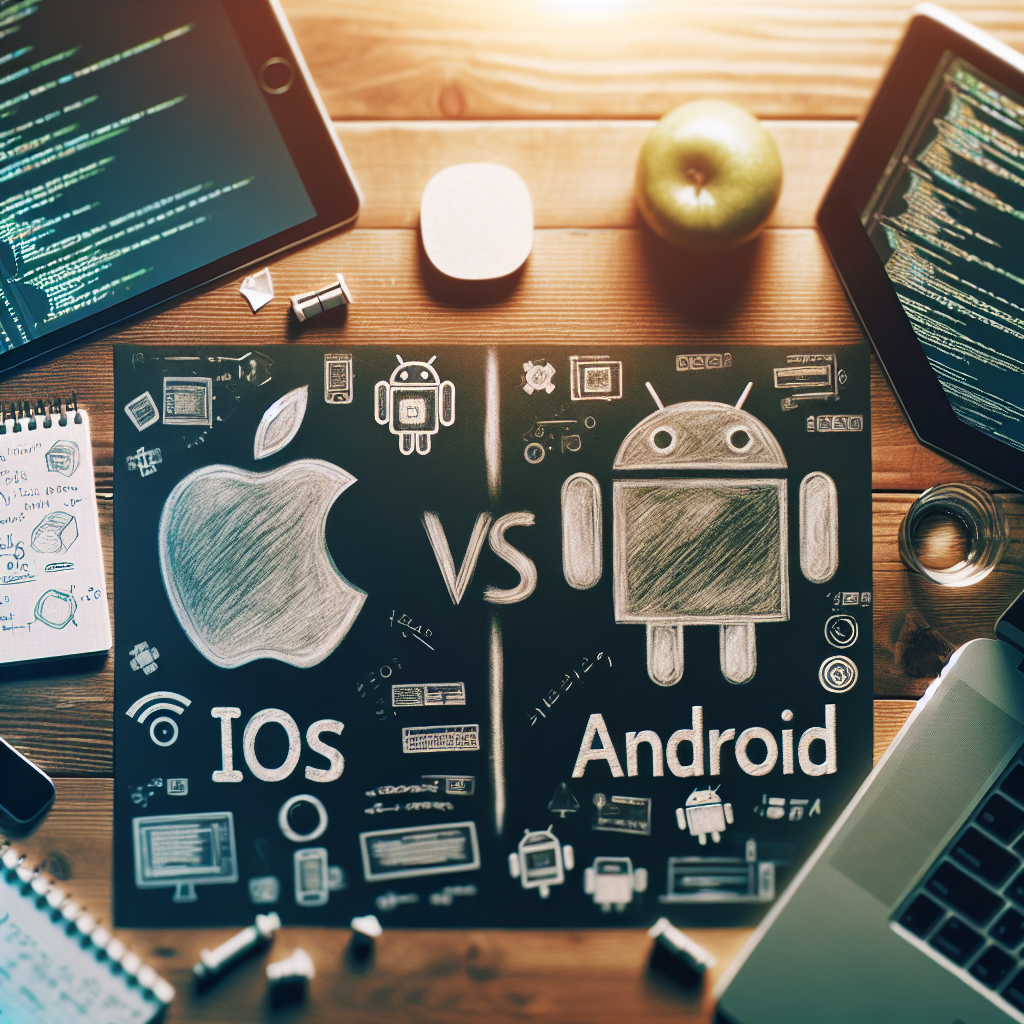When deciding whether to build for iOS or Android, developers face a critical choice that impacts user engagement, revenue potential, and overall app success. Each platform has unique advantages and challenges that can drive the direction of a project. In this article, we will explore the key considerations when choosing between iOS and Android for your first app venture.
Understanding the Market Landscape
The first consideration when deciding between iOS and Android is understanding the market landscape. As of 2023, Android commands a significant portion of the global smartphone market, boasting over 70% of users. This vast reach offers an extensive audience, which can lead to higher download potential for apps. However, iOS holds a strong market share in regions such as North America and Western Europe, where users tend to spend more on apps and in-app purchases.
Additionally, the demographics of each platform can factor into your decision. iOS users are typically perceived as having higher disposable incomes, which can impact the monetization strategies you employ. Apps developed for iOS are often associated with premium pricing strategies, while Android apps may benefit from freemium models or advertisements due to the rise of a diverse user base.
Development Considerations and Monetization Strategies
When it comes to development, the choice between iOS and Android brings distinct advantages and challenges. iOS apps are primarily built using Swift or Objective-C, and the development environment (Xcode) offers robust tools to streamline the process. However, Apple has stringent app approval processes, requiring developers to adhere closely to their guidelines, which can delay launch times.
On the other hand, Android development uses Java or Kotlin and offers more flexibility with various devices and screen sizes. However, this can lead to increased testing requirements to ensure compatibility across different models—an important factor to consider. From a monetization perspective, understanding your target audience on each platform is crucial. iOS may benefit from in-app purchases and subscriptions, while Android developers might find ad-based revenue models more effective in capturing their audience’s attention.
Ultimately, your choice will hinge on your intended audience, the resources at your disposal, and the type of user experience you wish to cultivate. By weighing these factors, you can make a more informed decision about which platform aligns best with your vision.
In conclusion, the decision to build for iOS or Android as your first platform is multifaceted. Understanding the market landscape allows you to assess your target audience, while development considerations and monetization strategies help shape the technical direction of your application. By evaluating these criteria holistically, you can confidently choose the platform that best aligns with your goals, ensuring the success of your app in the competitive mobile landscape.

